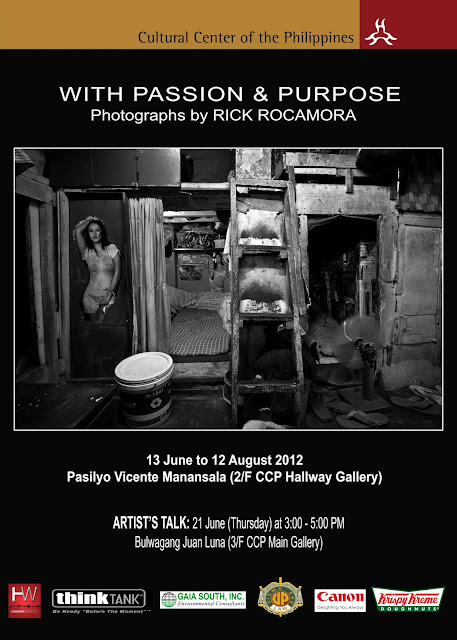100 X France: Exhibit on French Photography, its history and its techniques
 One can understand here the emotion felt by the whole world on discovering photography: a dream becoming reality. This exhibition tells a story that began officially in 1839 in Paris, and continues up to today’s conceptual photography. Straddling art and science, photography cannot be understood without an understanding of its technique. Each of these prints is accompanied by a text about the history of the photograph and the photographer, telling us also about France and the French, and Paris.
One can understand here the emotion felt by the whole world on discovering photography: a dream becoming reality. This exhibition tells a story that began officially in 1839 in Paris, and continues up to today’s conceptual photography. Straddling art and science, photography cannot be understood without an understanding of its technique. Each of these prints is accompanied by a text about the history of the photograph and the photographer, telling us also about France and the French, and Paris.More info, click here.
In memory of Janine Niépce (†)
"What the photographer reproduces infinitely, only takes place once: it repeats mechanically things that could never be repeated existentially" wrote the philosopher Roland Barthes. One can understand here the emotion felt by the whole world on discovering photography: a dream becoming reality. This exhibition tells a story that began officially in 1839 in Paris, and continues up to today’s conceptual photography.
The hundred or so works presented have been chosen out of thousands of prints from the French National Library, the Musée d’Orsay and the Pompidou Centre in Paris (among the most important public collections in the world) in addition to prints borrowed from private collectors, and photographers or their descendants. Each of these prints is accompanied by a text about the history of the photograph and the photographer, telling us also about France and the French, and Paris. Choosing a single work by each artist has enabled us to show, alongside geniuses such as Nicéphore Niépce, Adolphe Humbert de Molard, Eugène Cuvellier, the Bisson brothers or Eugène Atget, artists that are all too rarely exhibited such as Édouard Baldus, Charles Marville or Auguste Collard. There are prints by anonymous amateurs and also famous names such as Jacques Henri Lartigue or Count Robert de Montesquiou.
However, photography cannot be understood without an understanding of its technique. In the beginning, it developed slowly by rich inventors with a passion for photography. With the evolution of techniques (reproductibility of prints, shortening of exposure time…), it was commercialised by talented photographers such as Félix Nadar or Mayer and Pierson. A tool for imperial propaganda under Napoleon III (1852-1870), it bore witness to the continuing changes of a constantly mutating society: urban (major building works in Paris), political (the Commune), and social (the rural exodus).
But photography also straddles both art and science. In 1839, the minister and scholar François Arago predicted a scientific role for it. "The Repertory of Images", can be sorted, classified, compared, and analysed by the astronomer Henry brothers, Alphonse Bertillon, founder of the Parisian Legal Identity service, the psychiatrist Dr Raviart or the physiologist Jules Marey. Another physiologist, Duchenne de Boulogne wanted to give his "repertory of expressions" to the students at the Paris École des Beaux-Arts.
Nevertheless, the extraordinary French photographers such as Charles Nègre and Gustave Le Gray had been also painters. Respected artists like Eugène Delacroix or Edgar Degas used it to build a "repertory of iconographic poses".
At the beginning of the 20th century, pictorialists such as Constant Puyo were hoping to find through the composition of their work and by elements added during printing, a result close to painting. After the chaos of the First World War, Surrealists played with technical experiments. With Man Ray, Dora Maar or Raoul Ubac, photography was no longer the "representation" but also the "purpose" of the creation.
However, after 1930, humanist photographers such as Brassaï, André Kertész and Robert Doisneau went looking for a poetic Paris. The one inhabited by kids, louts and lovers. With the growth of the press, Janine Niépce and Sabine Weiss became photo-reporters, covering political and social news. Photography is omnipresent in magazines and books. It covers walls as posters. Fashion photographer Frank Horvat prefers the street to a studio. There are more and more agencies. Amongst the founders of the Magnum agency in 1947, Henri Cartier-Bresson hunted down the "decisive moment". Alongside Martine Franck or Raymond Depardon, the photographer directly controlled the use and commercialisation of his work. "Photojournalist", Gilles Caron covered the latest news. Jeanloup Sieff scattered his photographs like little stones tracing his personal story. Agnès Varda immortalised Gérard Philipe on stage at the Avignon Festival before concentrating on "contemporary" creation.
In the last quarter of the 20th century, there is only a small step to take from photography to plastic arts. With Valérie Belin, Bernard Faucon, Patrick Tosani and Frank Perrin, photography also becomes a creative media, used by conceptual artists. In her description of society, Valérie Jouve transforms it using computer technology. She is "the memory" with Georges Rousse and Bernard Plossu. Jean-Marc Bustamante transforms it into "tableaux" in his installations. As for Bertrand Lavier, photography is only one creative tool among many others.
This exhibition wishes to underline the extraordinary vitality of a creative art started in France less than two centuries ago. It also wants to enable all of us to tell our own stories.
"Photography does not (necessarily) say what is no longer, but only and certainly what was" Roland Barthes, La Chambre claire. Note sur la photographie, 1980.
Sophie Schmit
Curator of the exhibition
Note: for reasons of conservation, old proofs are presented as modern exhibition prints made and supervised by the owners of the originals.
From: Alliance Francaise De Manille


Comments